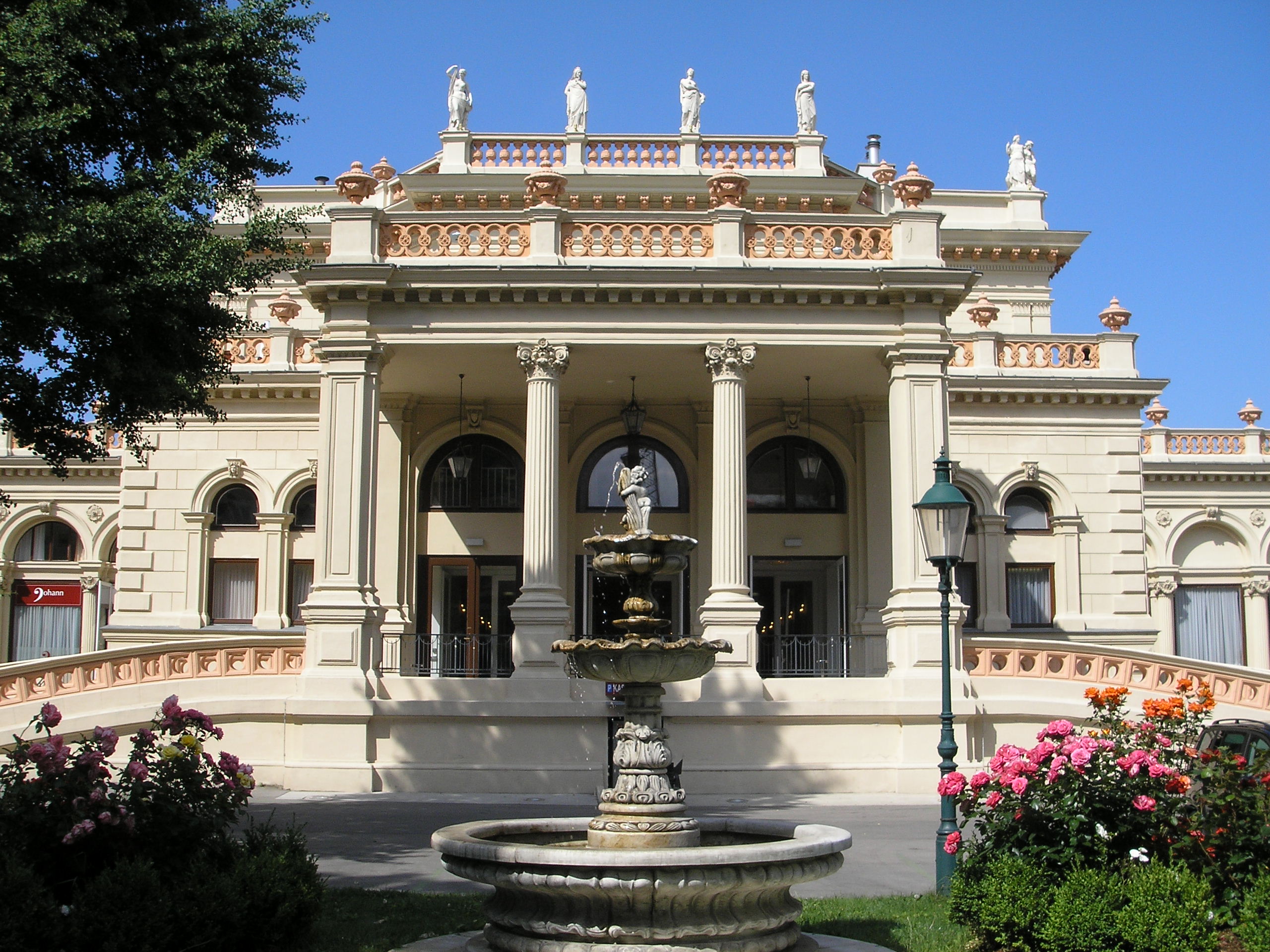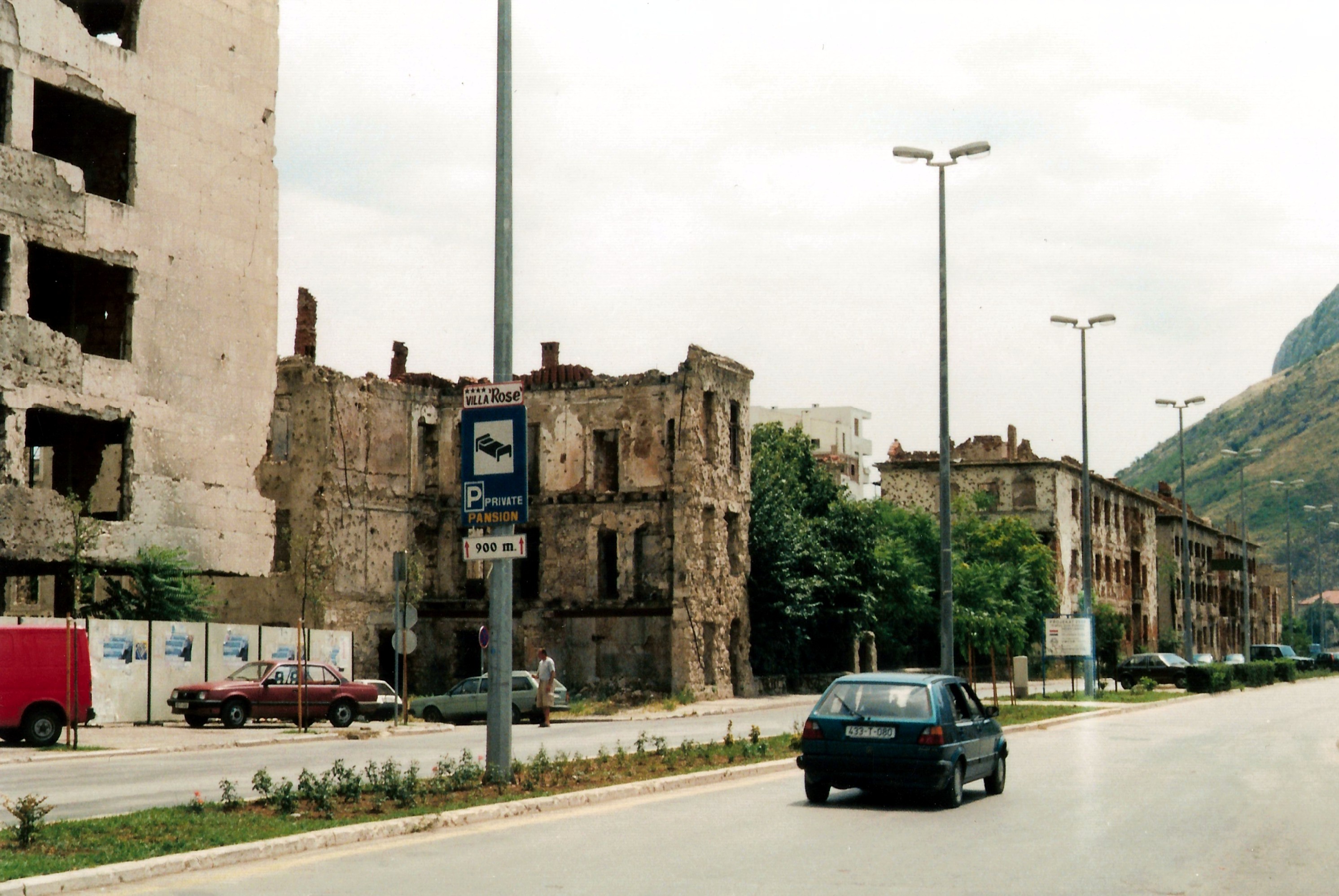|
Josef Franz Wagner
Josef Franz Wagner (20 March 1856 – 5 June 1908) was an Austrian military bandmaster and composer. He is sometimes referred to as "The Austrian March King". Hailing from Vienna, which remained a key location in his life, Wagner joined a military band early on following his education. Between 1874 and 1899, Wagner would remain a member of the military band of different infantry regiments of the Austro-Hungarian army, becoming a successful bandmaster from 1878 to his death. Among is most famous work is ''Unter dem Doppeladler'' (Under the Double Eagle)''.'' Wagner died in 1908 following an accumulation of debt. Early life and education Josef Franz Wagner was born on 20 March 1856 in Vienna, Austrian Empire, to Josef Wagner, a doctor, and Maria Anna Wagner (née Oberthanner). Wagner (the doctor) had migrated to Vienna from Bohemia, while Anna had migrated from Moravia. Their son completed his primary education in Henriette Kumenecker's singing school in Vienna, and his secondary ... [...More Info...] [...Related Items...] OR: [Wikipedia] [Google] [Baidu] |
Vienna
Vienna ( ; ; ) is the capital city, capital, List of largest cities in Austria, most populous city, and one of Federal states of Austria, nine federal states of Austria. It is Austria's primate city, with just over two million inhabitants. Its larger metropolitan area has a population of nearly 2.9 million, representing nearly one-third of the country's population. Vienna is the Culture of Austria, cultural, Economy of Austria, economic, and Politics of Austria, political center of the country, the List of cities in the European Union by population within city limits, fifth-largest city by population in the European Union, and the most-populous of the List of cities and towns on the river Danube, cities on the river Danube. The city lies on the eastern edge of the Vienna Woods (''Wienerwald''), the northeasternmost foothills of the Alps, that separate Vienna from the more western parts of Austria, at the transition to the Pannonian Basin. It sits on the Danube, and is ... [...More Info...] [...Related Items...] OR: [Wikipedia] [Google] [Baidu] |
Kursalon Hübner
Kursalon (''Kursalon Hübner'') is a music hall in Vienna, designed by Johann Garben in the style of the Italian Renaissance and built between 1865 and 1867. History In 1857, Emperor Franz Josef I ordered the demolition of all of the fortifications, which were replaced by the Ring Boulevard as the city expanded. 1862 marked the opening of 65,000 m2 City Park, located in adjacent territory and designed by the landscape painter Josef Selleny. The Kursalon served as a place where visitors could get mineral waters to drink. Any amusements and social events were not allowed. But with the completion the venue saw changes. In 1868 the first concert by Johann Strauss Johann Baptist Strauss II (; ; 25 October 1825 – 3 June 1899), also known as Johann Strauss Jr., the Younger or the Son (), was an Austrian composer of light music, particularly dance music and operettas as well as a violinist. He compose ... took place in the Kursalon. Since then, the venue became a pla ... [...More Info...] [...Related Items...] OR: [Wikipedia] [Google] [Baidu] |
Brno
Brno ( , ; ) is a Statutory city (Czech Republic), city in the South Moravian Region of the Czech Republic. Located at the confluence of the Svitava (river), Svitava and Svratka (river), Svratka rivers, Brno has about 403,000 inhabitants, making it the second-largest city in the Czech Republic after the capital, Prague, and one of the List of cities in the European Union by population within city limits, 100 largest cities of the European Union. The Brno metropolitan area has approximately 730,000 inhabitants. Brno is the former capital city of Moravia and the political and cultural hub of the South Moravian Region. It is the centre of the Judiciary of the Czech Republic, Czech judiciary, with the seats of the Constitutional Court of the Czech Republic, Constitutional Court, the Supreme Court of the Czech Republic, Supreme Court, the Supreme Administrative Court of the Czech Republic, Supreme Administrative Court, and the Supreme Public Prosecutor's Office, and a number of state ... [...More Info...] [...Related Items...] OR: [Wikipedia] [Google] [Baidu] |
Bosnia-Herzegovina
Bosnia and Herzegovina, sometimes known as Bosnia-Herzegovina and informally as Bosnia, is a country in Southeast Europe. Situated on the Balkan Peninsula, it borders Serbia to the east, Montenegro to the southeast, and Croatia to the north and southwest, with a coast on the Adriatic Sea in the south. Bosnia has a moderate continental climate with hot summers and cold, snowy winters. Its geography is largely mountainous, particularly in the central and eastern regions, which are dominated by the Dinaric Alps. Herzegovina, the smaller, southern region, has a Mediterranean climate and is mostly mountainous. Sarajevo is the capital and the largest city. The area has been inhabited since at least the Upper Paleolithic, with permanent human settlement traced to the Neolithic cultures of Butmir, Kakanj, and Vučedol. After the arrival of the first Indo-Europeans, the area was populated by several Illyrian and Celtic civilizations. Most of modern Bosnia was incorporated into ... [...More Info...] [...Related Items...] OR: [Wikipedia] [Google] [Baidu] |
Mostar
Mostar () is a city and the administrative centre of Herzegovina-Neretva Canton of the Federation of Bosnia and Herzegovina, an entity of Bosnia and Herzegovina, and the historical capital of Herzegovina. Mostar is situated on the Neretva River and is the fifth-largest city in the country. Mostar was named after the bridge keepers (''mostari'') who guarded the Stari Most (Old Bridge) over the Neretva during the Ottoman Bosnia and Herzegovina, Ottoman era. The Old Bridge, a UNESCO World Heritage Site, commissioned by Suleiman the Magnificent in the 16th century, is one of Bosnia and Herzegovina's most visited landmarks, and is considered an exemplary piece of Islamic architecture in the Balkans. History Ancient and medieval history Human settlements on the river Neretva, between Mount Hum (Mostar), Mount Hum and the Velež Mountain, have existed since prehistory, as witnessed by discoveries of fortified enceintes and cemeteries. Evidence of Roman people, Roman occupation was di ... [...More Info...] [...Related Items...] OR: [Wikipedia] [Google] [Baidu] |





